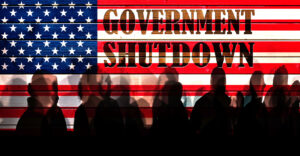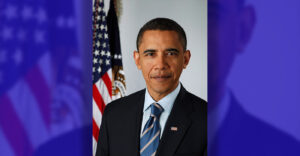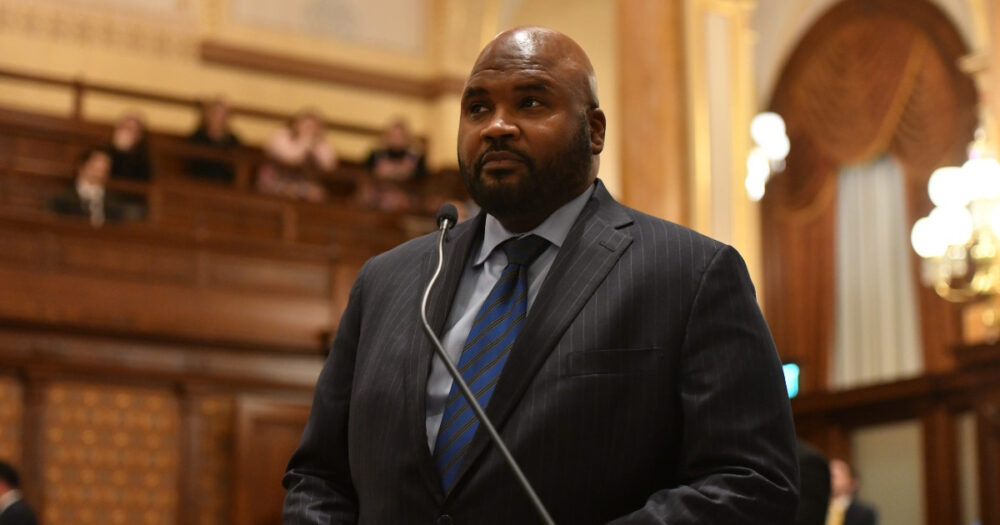An inflation gauge closely tracked by the Federal Reserve rose 6.3% in April from a year earlier, the first slowdown since November 2020 and a sign that high prices may finally be moderating, at least for now.
The inflation figure that the Commerce Department reported Friday was below the four-decade high of 6.6% that was set in March. While high inflation is still causing hardships for millions of households, any slowing of price increases, if it can be sustained, will provide some modest relief.
Advertisement
The report also showed that consumer spending rose by a healthy 0.9% from March to April, outpacing the month-to-month inflation rate for a fourth straight time. The ongoing willingness of the nation’s consumers to keep spending freely despite inflated prices is helping sustain the economy. Yet all that spending is helping keep prices high and could make the Fed’s goal of taming inflation even harder.
Consumers’ resilience in the face of sharply higher prices suggests that economic growth is rebounding in the current April-June quarter. The economy shrank at a 1.5% annual rate in the first quarter, mostly because of an increase in the trade deficit. But analysts now project that, on an annual basis, it’s growing as much as 3% to 4% in the current quarter.
Advertisement
High inflation appears to be forcing consumers, on average, to save less. The savings rate fell to 4.4% last month, the lowest level since 2008. But overall, Americans built up an additional $2.5 trillion in savings since the pandemic, and economists calculate that that pile is eroding only slowly. As a result, healthy spending could continue for months.
Friday’s government report showed that on a month-to-month basis, prices rose 0.2% from March to April, down from the 0.9% increase from February to March. The April increase was the smallest since November 2020.
Gas prices fell in April, holding down inflation, though they have since surged again. The costs of clothing, appliances, and used cars also dropped from March to April.
Excluding the volatile food and energy categories, so-called core prices rose 0.3% from March to April, matching the previous month’s rise. Core prices climbed 4.9% in April from a year earlier, the first such drop since October 2020.
Still, inflation remains painfully high, and it’s inflicting a heavy burden in particular on lower-income households, many of them Black or Hispanic. Surging demand for furniture, appliances and other goods, combined with supply chain snarls, began sending prices surging about a year ago.
Consumers have shifted some of their spending from goods to services, like airline fares and entertainment tickets. That trend could help cool inflation in the months ahead, though it’s unclear by how much. The cost of such services as restaurant meals, plane tickets and hotel rooms is also rising. Indeed, goods prices, which drove inflation sharply higher last year, fell 0.2% from March to April after jumping in the previous month, while the cost of services rose 0.5%.
Chair Jerome Powell has pledged to keep ratcheting up the Fed’s key short-term interest rate until inflation is “coming down in a clear and convincing way.” Those rate hikes have spurred fears that the Fed, in its drive to slow borrowing and spending, may push the economy into a recession. That concern has caused sharp drops in stock prices in the past two months, though markets have rallied this week.
Powell has said the Fed is aiming for a “soft or soft-ish” landing, in which wages, consumer spending and growth slow, but the economy avoids a downturn. Most economists say that while such an outcome is plausible, they doubt it can be achieved.
Advertisement
A better-known inflation gauge, the consumer price index, earlier this month also reported a slowing in price gains. The CPI jumped 8.3% in April from a year earlier, down from a 40-year high in March of 8.5%.
Yet rising prices of gas and food, worsened by Russia’s invasion of Ukraine, will keep measures of inflation painfully high at least into the summer. The national average price of a gallon of gas has reached $4.60, according to AAA. A year ago, it was $3.04.
Other trends, however, suggest that core inflation may continue to slow in the coming months. Retailers have reported rising stockpiles of televisions, patio furniture and other goods for the home as consumers have shifted their spending more toward travel and services-related goods like luggage and restaurant gift cards.
Those stores will likely have to offer discounts to clear inventory in the coming months. And auto manufacturers have been ramping up production as some supply chain snarls untangle and as they have managed to hire more workers. Both trends could help lower the prices of goods.
At the same time, higher pay for many workers, particularly at restaurants, hotels, and warehouses, will keep forcing up prices for services, which could at least partly offset the benefit of less-expensive goods.
And most economists forecast that inflation, as measured by the Fed’s preferred gauge, will still be at about 4% or higher by the end of this year. Price increases at that level would likely mean that the Fed will still raise interest rates to lower inflation to its 2% target.
Advertisement
The inflation measure reported Friday, called the personal consumption expenditures price index, differs in some ways from the consumer price index that help explain why it shows a lower inflation level than the CPI does. Rents, which are steadily rising, are given less weight in the PCE than in the CPI.
The PCE price index also seeks to account for changes in how people shop when inflation jumps. As a result, it can capture, for example, when consumers switch from pricey national brands to cheaper store brands.







